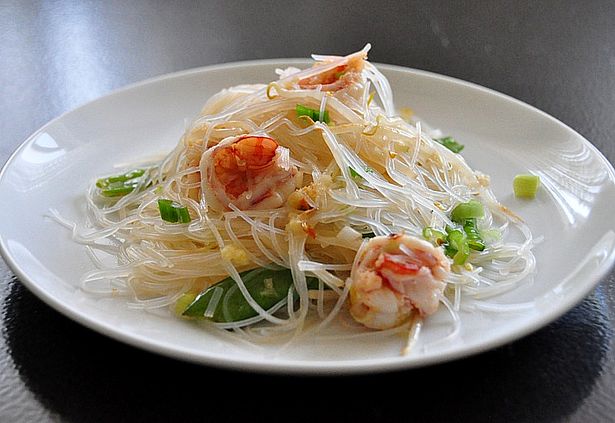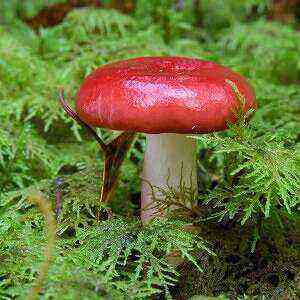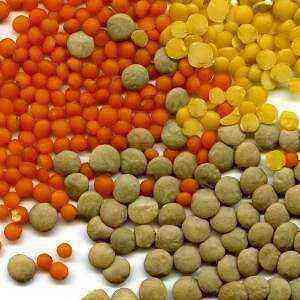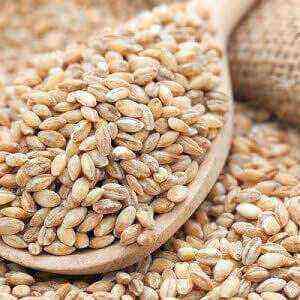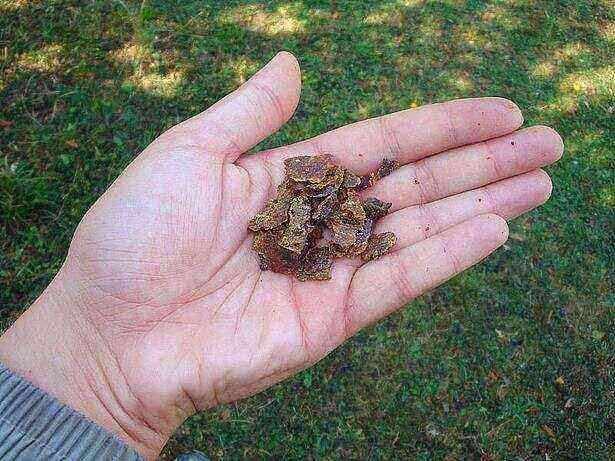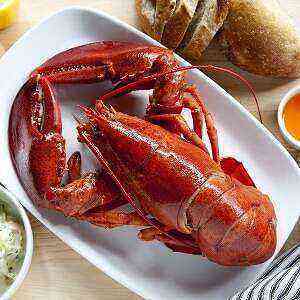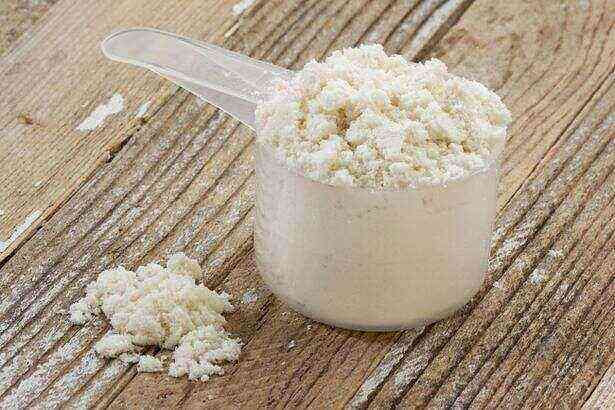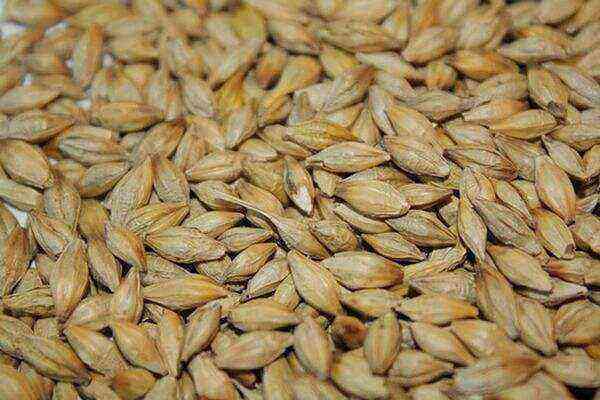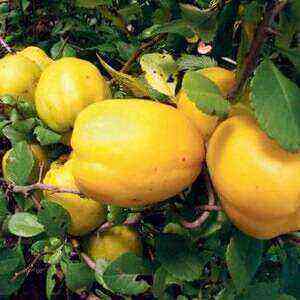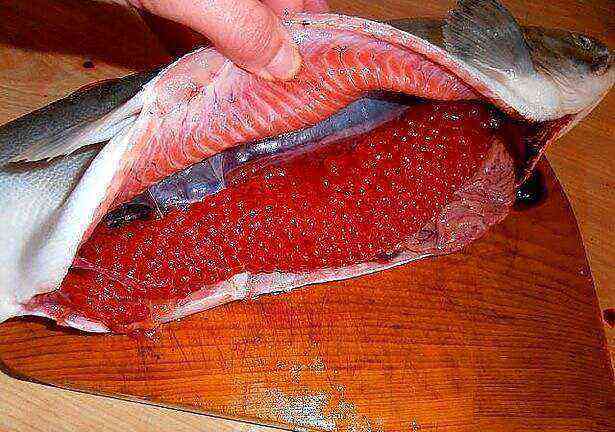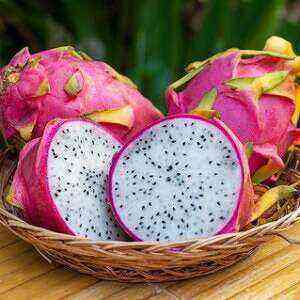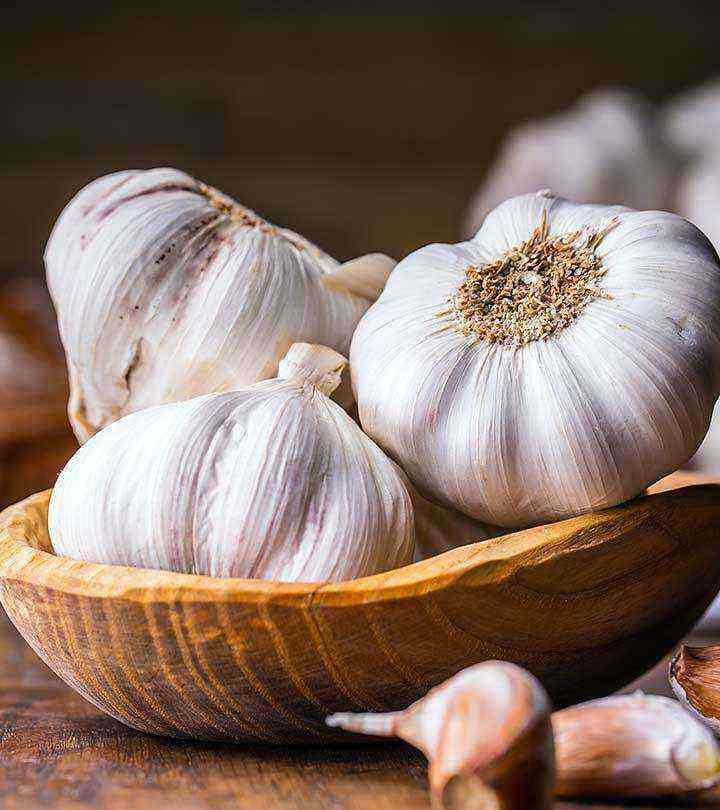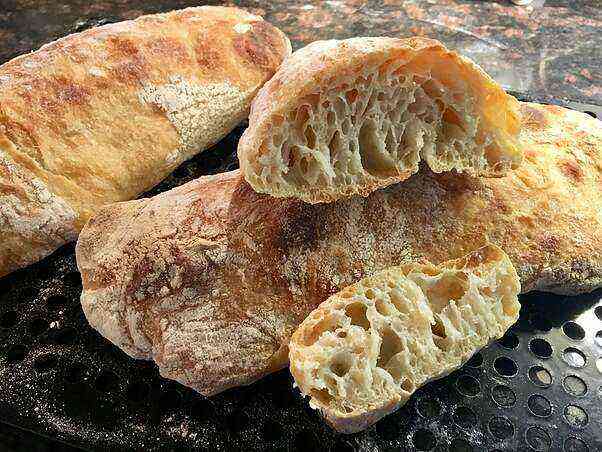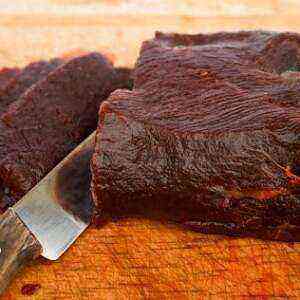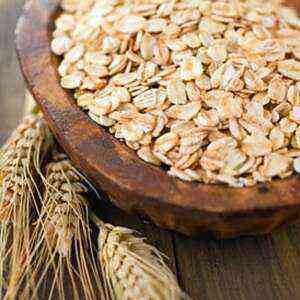Chinese noodles can be consumed by allergy sufferers as they are gluten-free. It is sometimes recommended for diets because the fat content of the product is minimal. But keep in mind that the benefits of funchose for weight loss are noticeable only if it is eaten without fatty sauces. It is with them that harm to human health can be associated. Sour, sweet, or savory sauces can have adverse effects on the stomach, pancreas, and liver. Therefore, people with digestive tract problems should carefully select the ingredients for their meals. Also, we must not forget about the individual intolerance of any component. And if the Chinese noodles after consumption do not cause any side effects, then you can continue to cook it with pleasure.
The use of funchose noodles in cooking
Its peculiarity lies in the fact that it does not have a pronounced taste, in other words, it is tasteless. On the one hand, this is an advantage, since the lack of its own taste makes it possible to combine it with a variety of products and achieve unique taste, but on the other hand, the disadvantage is that it cannot be eaten by itself.
Some people compare bean noodles to rice noodles, meaning not only the appearance (when dry – thin white threads), but also the neutral taste of the prepared dish. However, bean noodles have a more delicate consistency, harmonize better with less saturated sauces, and with prolonged cooking they lose their shape, turning into unappetizing sticky pieces.
It is used in first and second courses, in soups, salads and as a side dish. Most often combined with chicken, smoked, fresh carrots and cucumbers are possible. The funchose salad is best served warm until the noodles are cold. When cold, it sticks together and loses all its attractiveness.
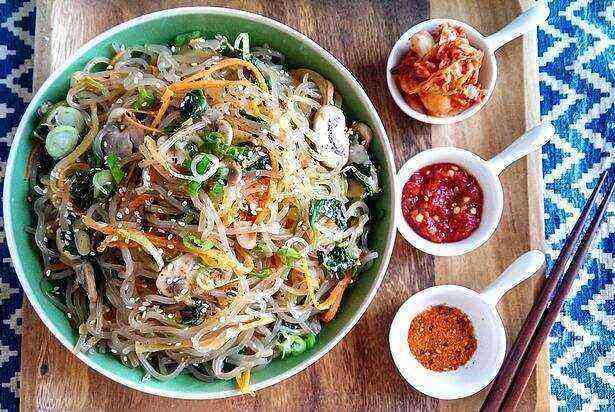
The calorie content of bean noodles is quite high, and if sauce is used when serving it, then it increases significantly. Sweet and sour and spicy sauces are popular in traditional Chinese and Japanese recipes. They have a bright, rich taste, contain a lot of oil, spices and spices and thus whet the appetite. As a result, a person can eat more than the amount that he needs physiologically.
Therefore, in this case, the dietetic nature of funchose is out of the question. On the other hand, by controlling the volume and composition of the sauces, you can create many delicious, unusual and at the same time low-calorie dishes.
For lovers of interesting tastes and natural composition, we recommend ordering noodles in the online store with a rich assortment. All types are free from artificial additives and fillers.
Recipes
Making funchose is very simple. Dry noodles are placed in boiling water, boiled for 3-5 minutes and discarded in a colander, then washed with cold water. You don’t even have to cook it, but just let it brew in boiling water for half an hour. Traditionally, it is prepared without salt.
Here is a recipe for Chinese funchose soup, which is quite simple. In the broth of chicken wings, you need to put thinly sliced and fried pork, stewed with Chinese cabbage, then add ginger, soy sauce and green onions. Garnish with sour cream before serving.
And a healthy and unusually beautiful salad with funchose noodles is prepared like this. Bell peppers (it is better to use red) and carrots cut into strips and lightly fry in vegetable oil, add garlic passed through a press and pre-boiled shrimps. Then mix with prepared noodles, season with sesame oil and soy sauce.
